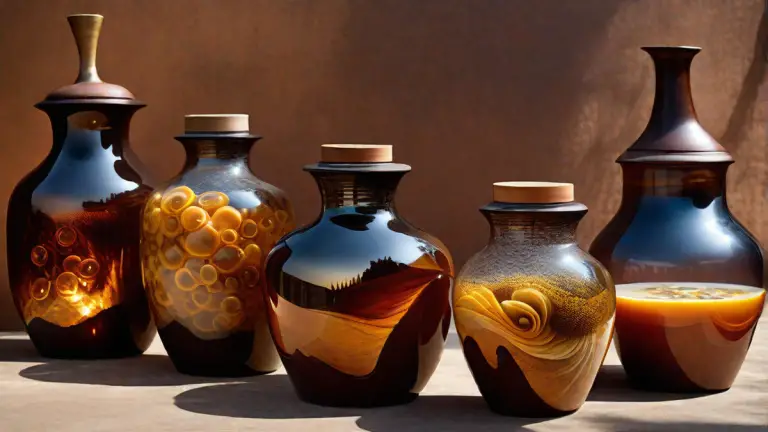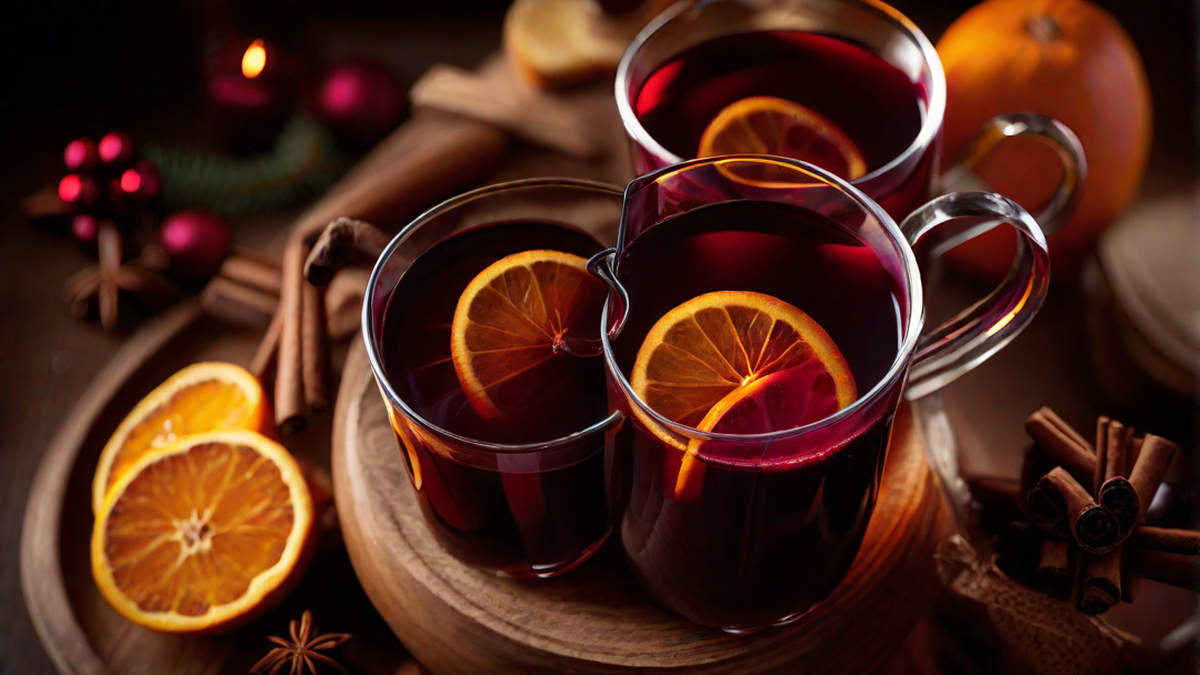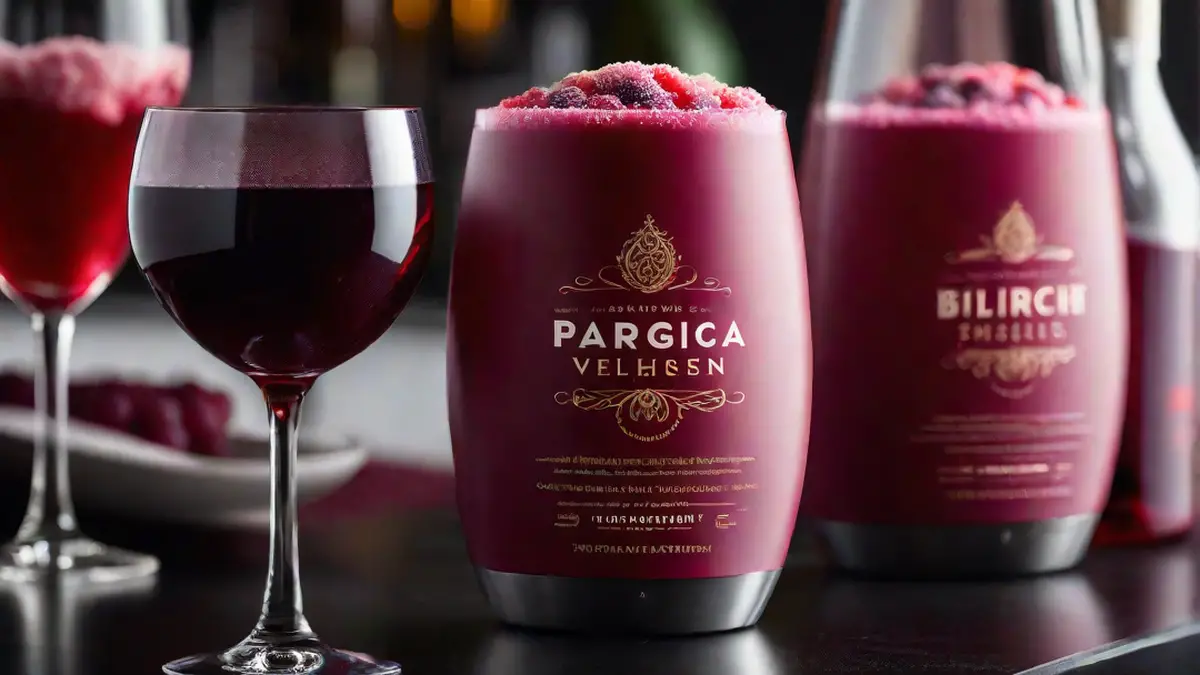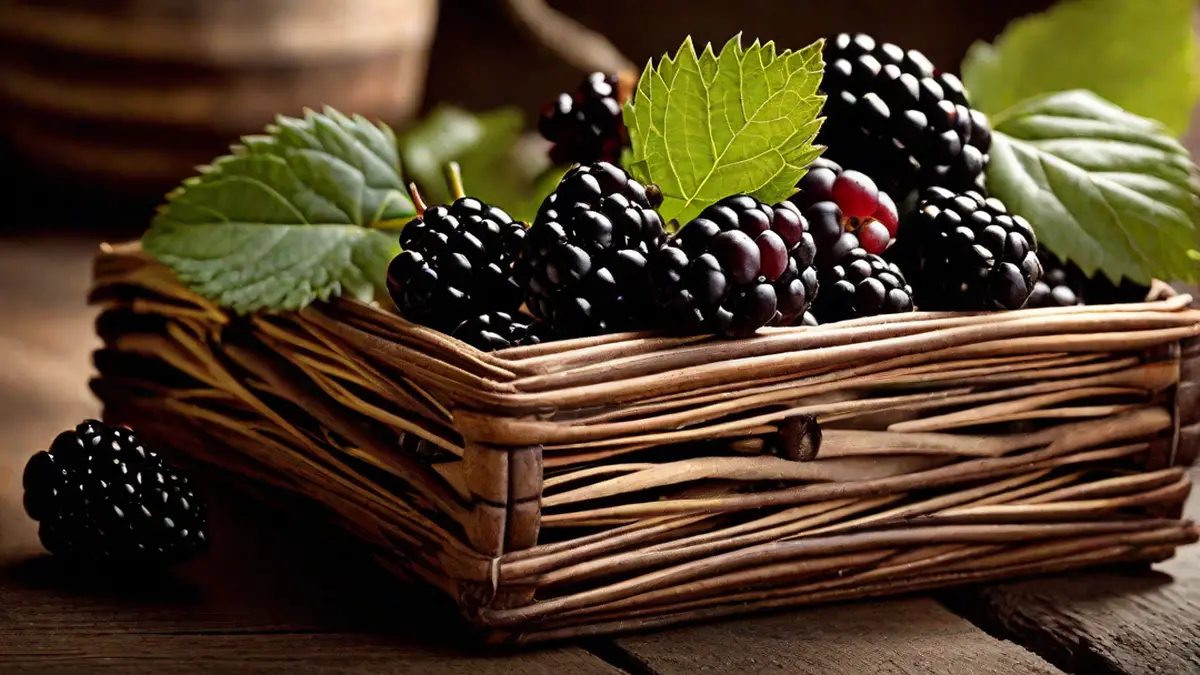As an enthusiast of wine and an emerging vintner, I’ve committed countless hours to learning and perfecting the process of fermentation – an essential phase in the production of wine. This piece will explore the intriguing world of fermentation in depth and share my own experiences and knowledge gained.
What is Fermentation?
Fermentation is a natural process in which yeast converts the sugars present in grape juice into alcohol and carbon dioxide. This magical transformation is what gives wine its unique flavor, aroma, and alcohol content. Without fermentation, grape juice would simply remain as sweet juice, lacking the complexity and depth that we all love in a great glass of wine.
The Role of Yeast
Yeast is the superstar of the fermentation process. As a winemaker, I rely on Saccharomyces cerevisiae, a strain of yeast that is specifically cultivated for winemaking. The yeast consumes the sugars in the grape juice and produces alcohol as a byproduct. This process can take anywhere from a few days to several weeks, depending on various factors such as temperature, sugar levels, and yeast strain.
During fermentation, the yeast also releases carbon dioxide gas. This is why you often see bubbles forming in the fermenting wine. It’s a beautiful sight that never fails to fill me with excitement and anticipation.
Fermentation Vessels
As an amateur winemaker, I have experimented with different types of fermentation vessels. From traditional oak barrels to modern stainless steel tanks, each vessel has its own unique impact on the final wine.
For red wines, I have found that fermenting in oak barrels adds subtle oak flavors and enhances the wine’s complexity. On the other hand, stainless steel tanks are great for white wines, as they allow for precise temperature control and preserve the wine’s fresh and fruity characteristics.
The Importance of Temperature
Temperature plays a vital role in the fermentation process. As a general rule of thumb, red wines are typically fermented at higher temperatures, around 77-86°F (25-30°C), while white wines are fermented at lower temperatures, around 59-64°F (15-18°C).
Controlling the temperature is crucial to achieving the desired flavors and aromas in the final wine. If the temperature is too high, the yeast can produce off-flavors and aromas that are undesirable. If it’s too low, fermentation can be sluggish or even come to a halt.
Monitoring and Adjusting
Throughout the fermentation process, it’s important to regularly monitor the wine’s progress. I use a hydrometer to measure the specific gravity of the juice, which gives me an indication of the sugar levels and the alcohol content. This helps me determine when fermentation is complete.
Additionally, I taste the wine at various stages to assess its flavor development. This allows me to make any necessary adjustments, such as adding nutrients to support yeast health or adjusting the temperature to maintain optimal conditions.
Conclusion
Fermentation is truly an art form in winemaking. It is a process that combines science, creativity, and patience. As an amateur winemaker, I have come to appreciate the intricacies and nuances of fermentation, and it has deepened my love for wine even more.
Whether you are a wine lover or aspiring winemaker, understanding the fermentation process is key to appreciating and creating exceptional wines. So, next time you raise a glass of your favorite wine, take a moment to appreciate the magic that happened during fermentation.




